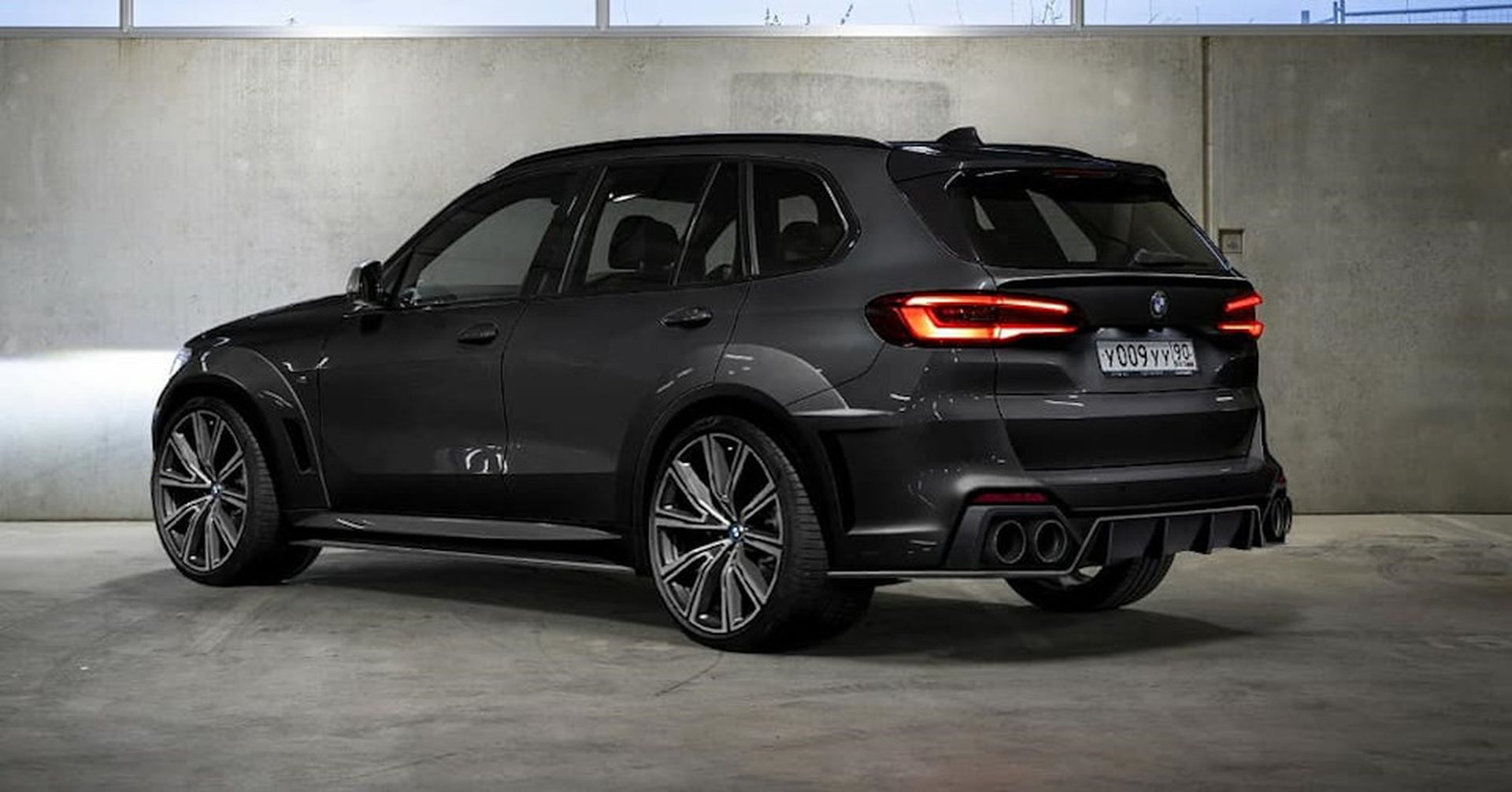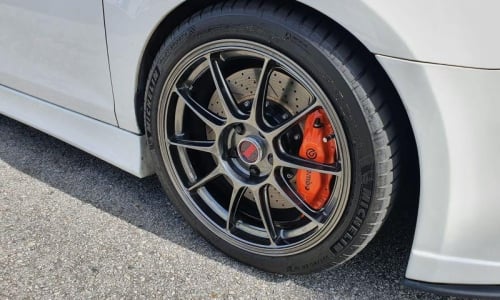What are body kits for car are made of?
Why is it necessary to be clever about the choice of aerodynamic body kit?
Many manufacturers of body kits try to make the production of goods cheaper in every possible way, using low-quality materials, which will affect the state of body kit in the future during the exploitation. For today, the market is abundant with variants of materials for body kit production, among them it is worth pointing out: fiberglass, ABS-plastic, frothed or rubberized polyurethane. Leading positions are occupied by carbon and basalt products. The choice depends directly on the preferences, utilization measure, and, surely, on the budget of the client.
Body kit is created to perform at least three main functions:
- Protection of nodes, aggregates and metal parts of the body from light damages
- Decorative function
- Improvement in the aerodynamic features of the car
For understanding what differences between these materials may be, it is worth considering each variant and examples of the situations, which can occur during the exploitation:
Fiberglass is a type of composite material, which consists of the glass fibrous filling (glass fiber, fiber of quartz, etc.). This kind of material is considered the most widespread among the others, owing to its low cost on the market and corresponding quality of the made products. But it should be noted that fiberglass is the material, which is most unstable to collisions. In the case of right and full accordance with production technology, the quality of fiberglass is on the same level as ABS-plastic and polyurethane. Common incidents, when a car with steel components of the body, these could be factory bumpers or tuned ones, bumped into a car with a body kit made of fiberglass, and as a consequence, steel components of the body occupied winning positions in such cases. The main advantages of the fiberglass are its low cost, simplicity in repair and ability to come back to the original shape after crushes, not destroying the elements. As it was described earlier, the main factor is the correct production of fiberglass. Thus, the leading companies in the sphere of car tuning produce aerodynamic body kits from this material, Mattig, Seidl, Rigwe, Zender and even Brabus should be noted here.
ABS-plastic is a thermoplastic resin, a synthetic polymer, which is produced through a synthesis of three components: butadiene rubber, styrene, acrylonitrile. This material is frequently used for production of radio and TV corps, refrigerators, furniture, and, surely, cars corps. ABS-plastic is not really surpassing fiberglass in cost and, likewise, it is vital to comply with all the algorithms during its production, as even minor violations of the chemical composition or production mode make this material very fragile in subzero temperatures and it can change its shape at a temperature +40 degrees Celsius. Indicators of impact resistance and flexibility surpass fiberglass. It has the same property of coming back to the initial shape after deformation. The main nuance in the choice of this material for the car body kit is the absence of durability to the petrol, oils, acids.
Polyurethane is a polymeric artificially synthesized substance, which contains macromolecules of the urethane group in the main chain. Two types are allocated: frothed and rubberized polyurethane, where the first surpasses in quality. In general, it is a very solid material, despite its appearance. Rubberized polyurethane has the highest mark for all important levels of quality (impact resistance, durability). It is explained by the fact that polyurethane cannot be broken, only chopped or cut. A type of production process of aerodynamic parts from this material defines the precision and quality of performing the made products.
Frothed polyurethane, as it was mentioned above, has slightly different characteristics, but it is on the second place for practicality. The main difference from the rubberized one is the opportunity to break from kinks and other indirect deformations, however, some technical tools or the strongest hits will be needed for this to occur. Polyurethane is a light material, but the sides of the products are thicker than in other materials. A high price should be noted as a shortcoming.
Carbon is a binding of thin threads of graphite and rubber. Solid and light composite material. It is no secret that carbonic products draw special attention among the car owners and not only among them. Apart from the apparent external difference of the carbon, the following advantages are allocated: small weight in combination with high durability, in comparison with other materials, for example, fiberglass, it has better thermal opportunities.
Basalt is a magma in the molted state from the volcano. The main advantages of this material are: high resistance to wearing off, small weight, great mechanical durability, high resistance to the action of acids and other solutions. Our products made of basalt fiber withstand up to +100 degrees Celsius.
Often body kit manufacturers pretend that the thickness of construction is an advantage, but is it the main factor for defining the advantages? No, the density of the material is more important than its thickness. The more reinforcing fibers and the less resin there are in the construction, the better. The best details can be defined by dense filling of the reinforcing substances while saving the elasticity in right proportions with durability and requirement for passive safety.
On example of the accident, the following advantages of the high-quality body kit in accordance with the main proportions of characteristics are allocated: the car with correctly produced components of the body kit has an advantage over the car with a cheaper tuning in case of small head-on accident. Thus, for example, I in the car with body components, the smaller part of details will be affected, as the details will become isolated in the place of damage, compensating the kinematics of the hit, and, during that moment the car, as a rule, will come to a full stop. A front part (bumper) will take the main energy of the hit, which fade in process of tuning detail deformation, equally distributing on the surface.
And here is what will happen with the car with cheap body kit: the details can not rinse upon the hit, and, as a consequence, they transfer the energy further to the body details (fenders, doors, optics, etc.). It can be assumed that in this accident this auto will have deep and hidden damages. In that case more costly details suffer than in the first case.
The conclusion is obvious: it is cheaper to break one detail, than to repair all the front part of the car. The advantage of the body kit made of basalt is also in the fact that after accident, it can be restored. If properly approached, without damage for construction and loss of exploitation features.




